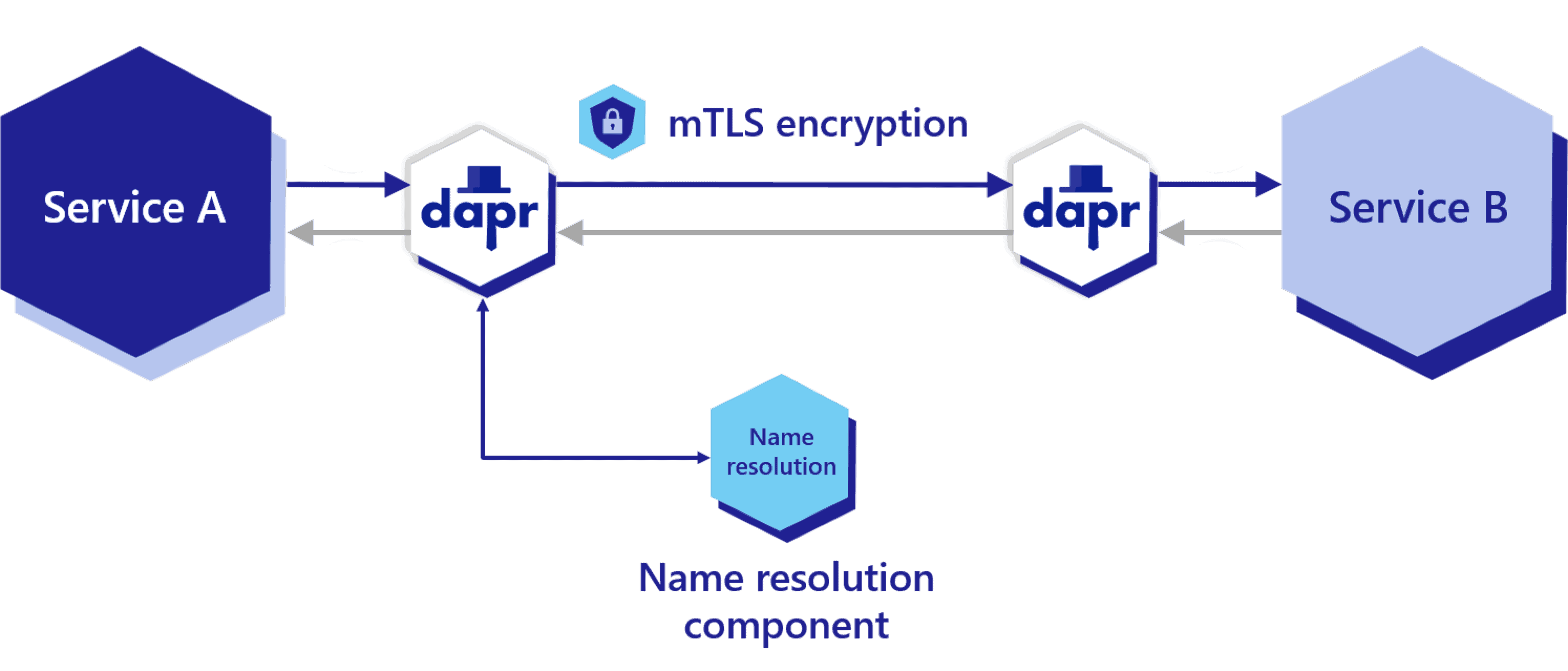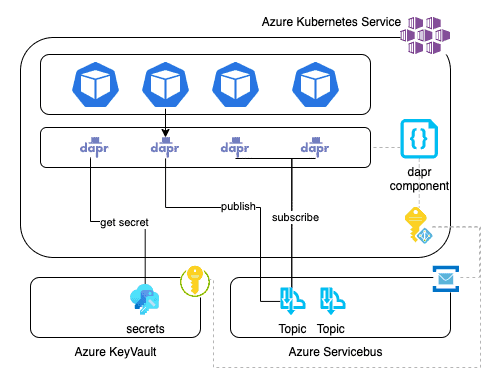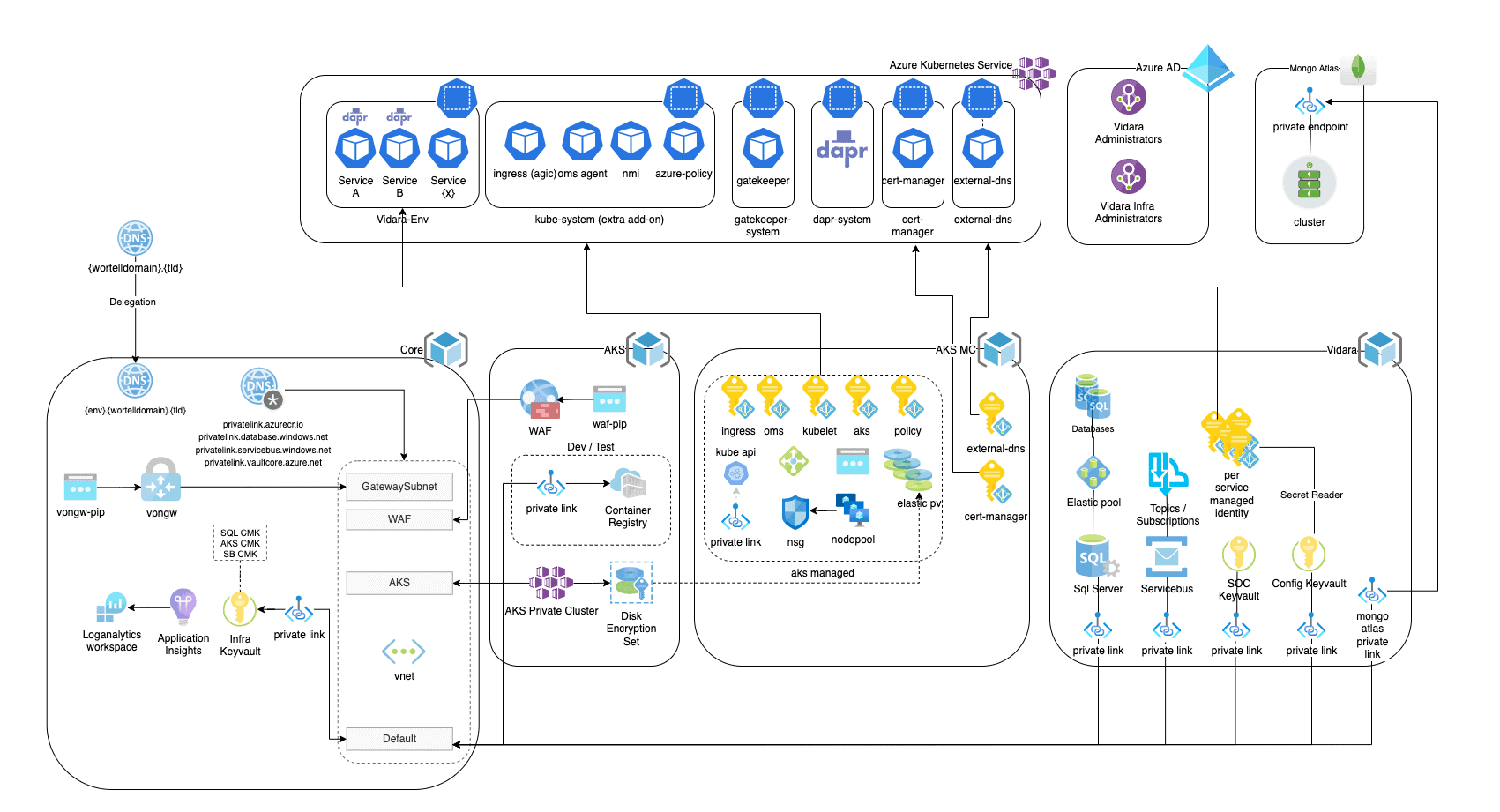
Reducing infrastructure complexity with Dapr
Challenge
The increasing complexity of Wortell’s Managed Detection and Response software was drawing large amounts of developer expertise and time into daily infrastructure management, which had started to impact new feature development.
Solution
The team leveraged Dapr to reduce the complexity and amount of required infrastructure-related code, allowing them to focus more time on new features.
Impact
The team were able to remove several software packages and a considerable amount of code from all of their microservices. Plus adopting Dapr APIs from the .NET SDK allowed them to offload dealing with the infrastructure integration and async inter-process communication to the Dapr runtime.
By the numbers
Reduced complexity
Dapr’s sidecar architecture an easy fit for team already using K8s & Helm
Less code
Dapr’s .Net SDKs removed multiple software packages & code
Time saving
Developers free to focus on higher-impact work
When interacting with microservice infrastructure and inter-application communication becomes too complex, business goals can start looking out of reach.
Dutch Microsoft specialist IT organization Wortell provides people with the technology and skills required to be successful in their jobs — from teaching users how to make video calls with Microsoft Teams, to carrying out a migration to the Azure cloud, or helping an IT manager transition to a management organization.
Vidara, Wortell’s Managed Detection and Response software, had become increasingly complex, due to the introduction of new features and services. Interaction with Cloud Resources for things like asynchronous messaging is a major part of the application architecture, as it’s built on many microservices. All of these Cloud Resources have their own SDK and required knowledge attached. Evolving the software required more and more specialized expertise and time from the developers, impacting time spend on new feature development and business goals.
To deal with the ever-increasing complexity of the application and infrastructure architecture, Wortell adopted Dapr. Dapr solves many of the responsibilities of interacting with infrastructure and simplifies the inter-application communication. As the Vidara team were already using Kubernetes (Azure Kubernetes Service, AKS) and deployed their application with Helm charts, the sidecar architecture of Dapr was an easy fit for them to use. At first they started utilizing the pub/sub API and component and, over time, they gradually started using the other API components too. Currently, the team are using pub/sub, secrets, secure service-to-service invocation, and they are planning on using the state management API and policy features in the near future.


By adopting Dapr, the Vidara team were able to remove several software packages and a considerable amount of code from all of their microservices. They adopted the simple Dapr APIs from the .NET SDK and thereby offloaded dealing with the infrastructure integration and async inter-process communication to the Dapr runtime. This greatly reduced the complexity and amount of required infrastructure related code, allowing them to have more focus on business features.

